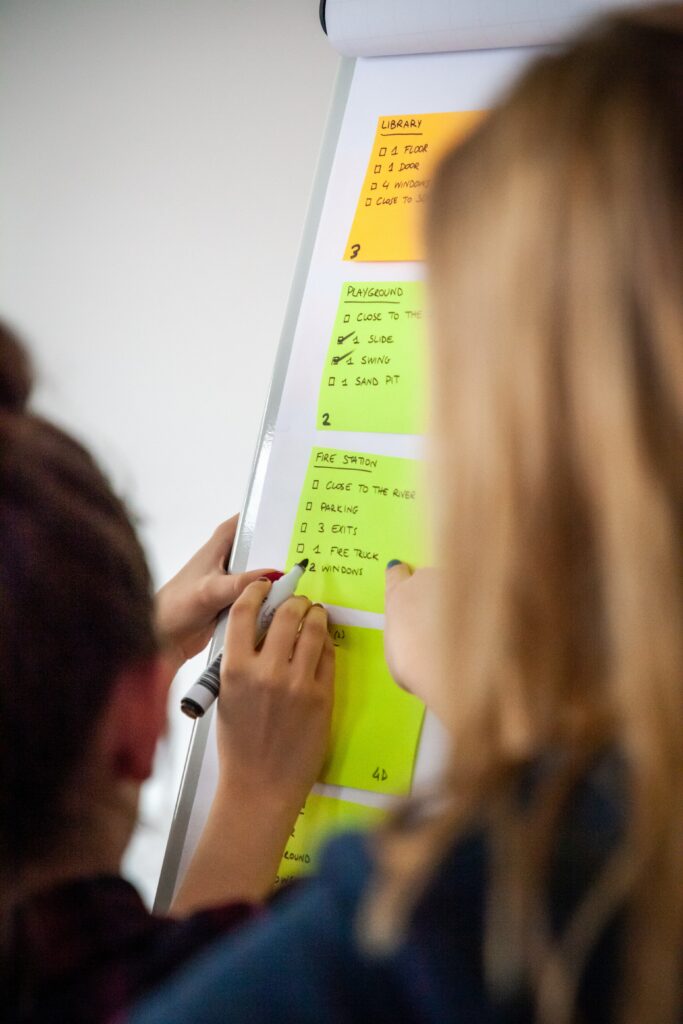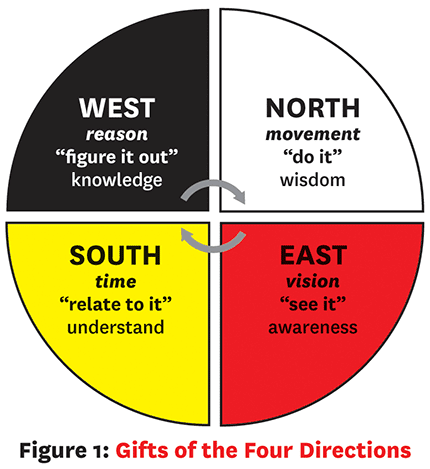This week was part 2 of the Blended Learning module and it was an appropriate topic for this project seeing as it was all about inquiry based learning! I found this section really interesting because I was able to look at inquiry from a teacher point of view. As a student, I am not a big fan of inquiry for a few reasons. First, I like structure and so far all of the inquiry projects I’ve done were designed to have as little structure as possible. Second, this semester in particular is over run with inquiry projects. Inquiry is meant to be a process that takes time and dedication. It also grows and morphs as you move through each step. Inquiry develops enhanced problem solving abilities, as well as critical and creative thinking. These are the things that draw teachers to inquiry, but they can all be lost if the students are drowning in other work and if the teacher does not create a environment that supports this type of learning. While these two things may be difficult to foster in university, they are definitely achievable in elementary or middle school.


As I mentioned above, inquiry based learning has many benefits for teachers and students. Inquiry allows students to have control over what they are learning about and allows them to choose how to demonstrate their learning. For some students, they appreciate the lack of structure because they have creative freedom to show their teacher and peers what they can do. Another student benefit is they can work on inquiry projects whenever it works best for them. While the teacher should still set aside time to complete work in class (if it is a face to face class), students can develop their own plan to get work done depending on their own schedule. Finally, inquiry projects give students independence, which is something that many students appreciate, especially if they have little independence at home. Inquiry based learning shows students that their teacher trusts them and believes in them enough to hand over the responsibility of learning.

For teachers, inquiry based learning is beneficial because they are no longer the subject matter expert. The atmosphere of the classroom becomes “teach me” instead of “I teach you.” The students teach the teacher. This doesn’t mean that teachers are completely removed from the learning. Instead the teacher is responsible for guiding the student and facilitating questions. Another benefit for teachers is that students can cover multiple subjects in an inquiry project. Those subjects can be decided on by the teacher, or the students can design a project that will allow them to bring together two subjects of their choice. Since inquiry based learning is so student centered, it allows teachers to meet their students where they are at in terms of learning needs and skill sets. While this is great for teachers, it is also really empowering for the students because they don’t feel singled out. One final benefit for teachers is that inquiry can be assessed in a variety of ways that aren’t just tests and assignments. Students can be assessed by teacher observations, conferences, portfolios, peer/self assessment, self-reflections, and more. The teacher can decided what assessment tools will work best depending on the diverse needs of their students.
My final takeaway from the module is that inquiry is a circular process not linear. While many inquiry projects have a start and end point, true inquiry based learning should never end. A student may start with a topic they are really interested about and move through the cycle of inquiry. As they do, more topics and questions will come up sparking new interests and future learning. The idea that inquiry is a cycle peaked my interest because it is a great connection to Indigenous culture and beliefs. The Medicine Wheel is used by many Indigenous nations to highlight sacred teachings, life cycles, directions, and relationships. The Medicine Wheel you see below comes from the Anishinaabe perspective. I chose this wheel because it connects to the process of inquiry. Knowledge, Wisdom, Awareness, and Understanding are similar to the 6 stages in the cycle of inquiry on the left. Brining these two cycles together is a great way to bring Indigenous culture and worldview into the classroom.


After working through the module I can see there all many benefits to inquiry based learning as long as it is designed properly by the teacher and students. I think after reading and reflecting I have a greater appreciation for this inquiry project and I am inspired to take on inquiry based learning in my own classroom.
Thanks for reading! See you next week!
Leave a Reply
You must be logged in to post a comment.